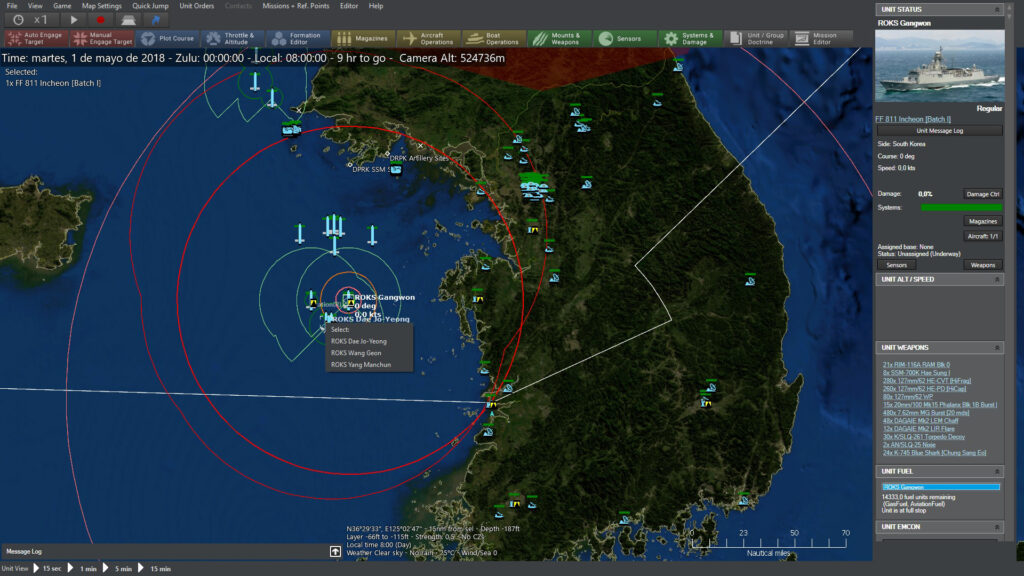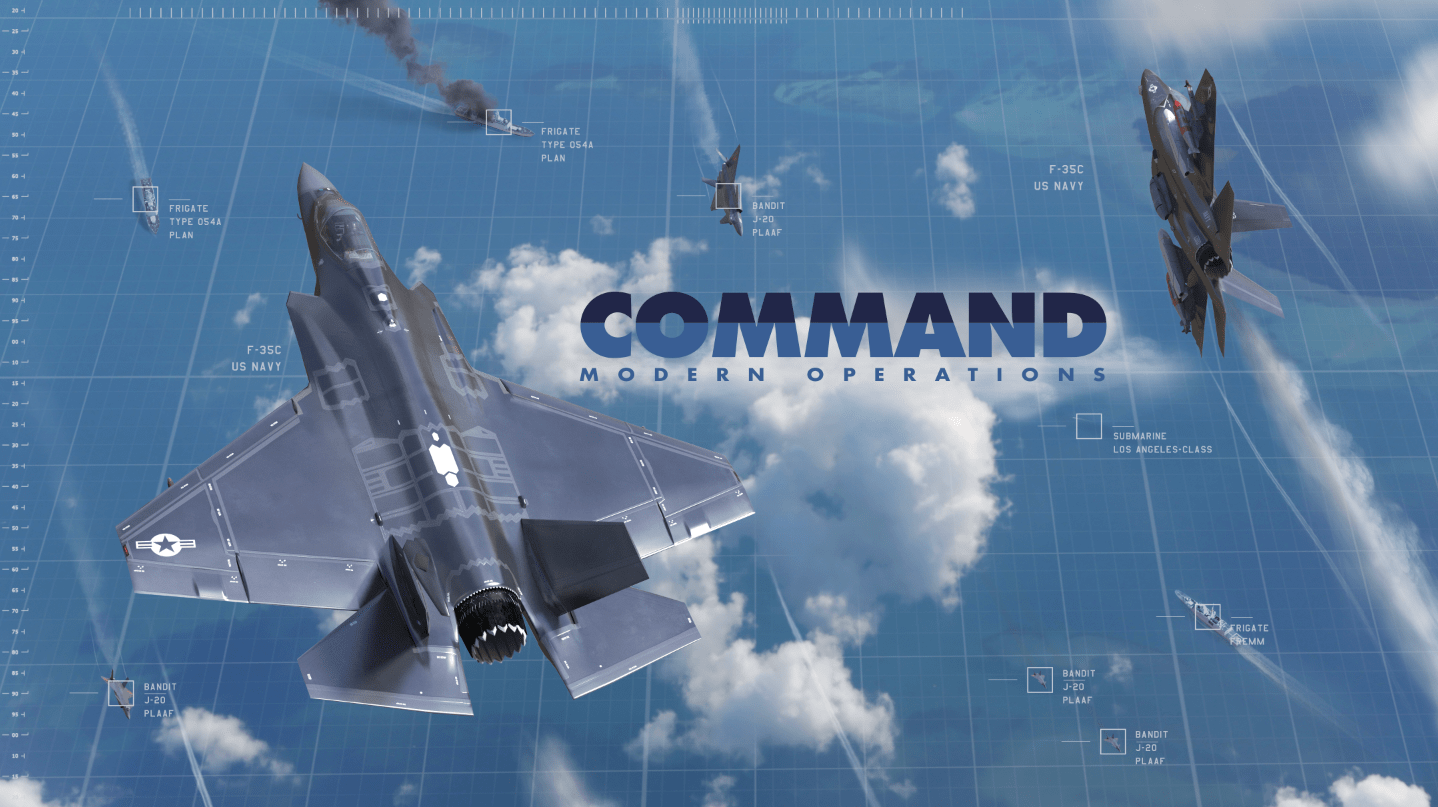What is a GBU-39? What does SEAD stand for? If you’re not familiar with any of these terms, then Matrix’s latest wargame release, aptly titled, Command: Modern Operations, will swiftly introduce you not only to these terms but instead kick you down a rabbit hole of kaleidoscopic military jargon and terminology.
Command: Modern Operations is the sequel to 2013’s Command: Modern Air Naval Operations, a modern warfare command simulator, where you are placed as the head of a command centre for modern operations, encompassing the tri factor of the contemporary military landscape; land, air, and sea. You’ll get to decide on sweeping military manoeuvres of your flight squadron, down to the speed and height of individual F-22s.

We’ve seen on the news in the last few years what may seem daunting at first glance, especially with the knowledge that the US Pentagon is actively using an altered version for simulating possible attacks, possibly, assisting real-life operations. Modern Operations strives to hit a balance of fun and simulation but leans on the latter.
If the first game, Command Modern Operations Air Naval Operations (CMANO), was a game built with function as its priority, then its sequel is built to impress. The game comes with a new sleek-looking dark interface to mimic the tension and atmosphere of a command and control room, aided by revamped modern interface with symbols to represent their functions. However, most people coming back will most likely revert to the old method of the right-clicking and drop-down menu to launch your GBU-39.

A new global map has also enhanced the command experience, allowing you to zoom right down in detail, enough to visually see the airbases your F-22s are on. Albeit, you can’t see the fighters, we’ll leave that to your imagination. You’ll also have topographical heat maps to aid you in understanding the landscape. There is no lack of control of the information available. Understanding the kind of information you are looking for is required to deepen your enjoyment.
One of the most anticipated features is the TacView integration, a separate module that tags on the game and presents a 3D landscape of every battlefield unit, yes, including the enemy. However, my favourite feature would have to be the new organisation of the message logs, including alerts, which categorised logs based on combat, contacts, and in-game messages. Mousing over any of the logs will trigger pop-up messages on the exact location on the map where the logs were triggered; Satisfyingly leaving a trail of pop-ups indicating when the enemy was contacted, up to the last contact right before the warheads hit the target.

Suppose you’re new to the series or maybe had a passing interest. This sequel improves the experience of commanding your modern forces. However, if the first one did not grab you, this would not either. In my opinion, though, everyone who is interested in strategy, especially current operations, should give this game a try. I highly recommend playing through all the tutorials in chronological order to get a sense of the game’s flow and learn how to pilot squadrons of F-22s to launch torpedoes from submarines in the Baltic Sea!

